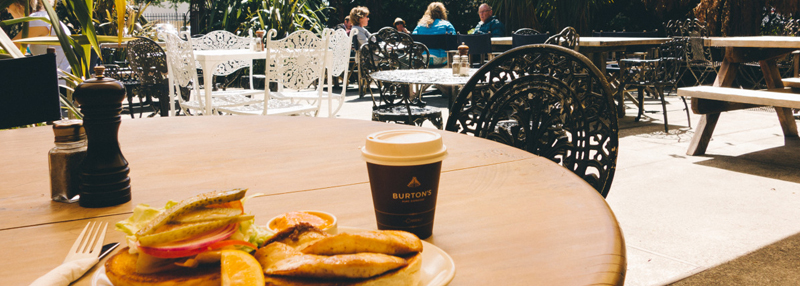Every business owner dreams of operating at maximum efficiency, firing on all cylinders and serving as many customers as possible. But then they all wake up, facing the occasional empty tables, idle crews or product left on the shelves.
Excess capacity, or demand below what could be produced, is present in every industry. In fact, Trading Economics reported that capacity utilization, a number used to measure excess capacity, has dropped to 78.9% in the United States as of February 2015. Even lower numbers are being reported via Statista for the hotel industry, with the occupancy rate dropping to 65.1% during the first quarter of this year, illustrating the room for growth all across the board.
 Excess capacity is different for every industry. It is, however, prevalent in every one of those industries, regardless of a business's size or location.
Excess capacity is different for every industry. It is, however, prevalent in every one of those industries, regardless of a business's size or location.
For a restaurant, it’s an empty table or a chef that doesn’t have enough meals to prepare. A construction company’s excess capacity is an idle crew or a lack of jobs. An empty bay, or a crew with no cars to work on is an auto shop's version. For anyone in retail or production, excess capacity would be products on the shelf or materials not being used.
Everyone has it and everyone is paying for it.
If a pizza parlor can produce 10,000 pizzas a day, but is only selling 5,000, the per pizza cost is much higher than if they were able to sell all 10,000.
This raise in average per product cost will lead to a drop in profit margins, costing you money. Excess capacity is essentially lost opportunity – once it's gone, it's gone.
The problem is real, but so is the solution. In fact, it’s quite simple. Most businesses don't attract enough customers to stay busy 24/7. In this case, excess capacity can be blamed on a lack of demand. What causes this lack of demand is different for every business, but is often attributed to market saturation.
Market saturation is when the amount of product provided in a market has been maximized in the current state of the marketplace. According to Investopedia, upon reaching saturation, further growth can only be achieved through product improvements, market share gains or a rise in overall consumer demand.
Have you reached the saturation point in your current market? If you have, it’s time to look at improving your product or gaining more market share, both of which will help raise consumer demand and help rid you of your excess capacity.
This is not a fight you need to tackle alone. BizX is in your corner when it comes to excess capacity.

BizX brings you a new channel of customers in a flourishing community. This new market share, all like-minded business owners, turns your excess capacity into BizX dollars, the private currency used to buy what you need without spending cash.
The customers to cure your excess capacity are out there, you just need to find and attract them; let BizX help.

